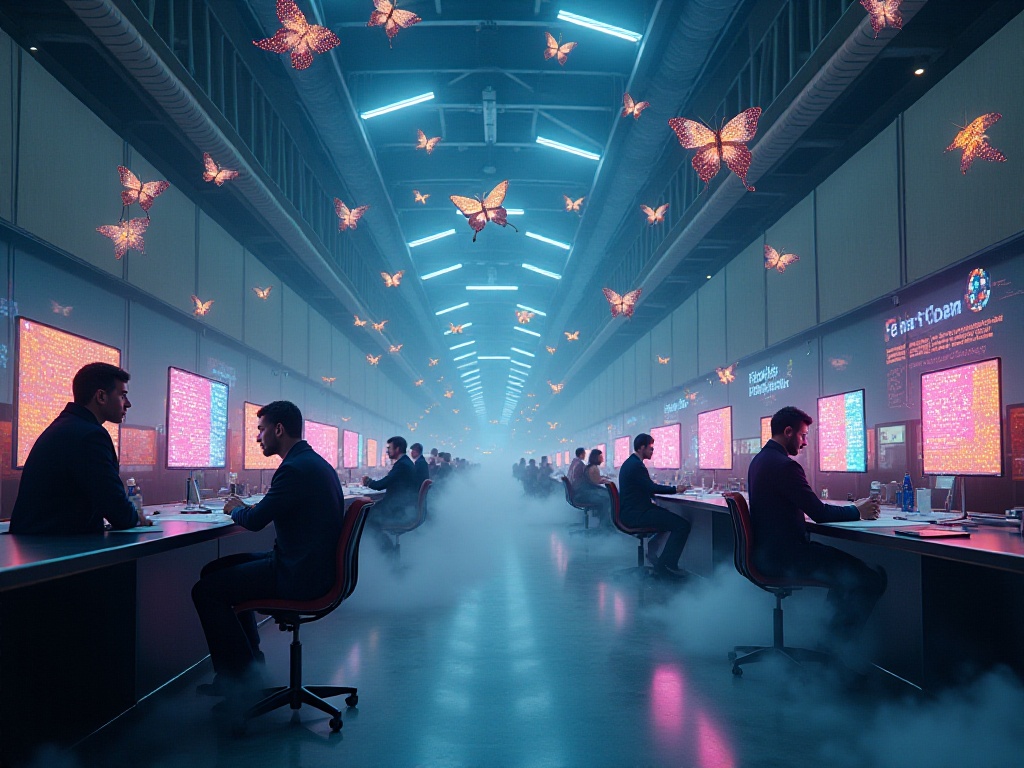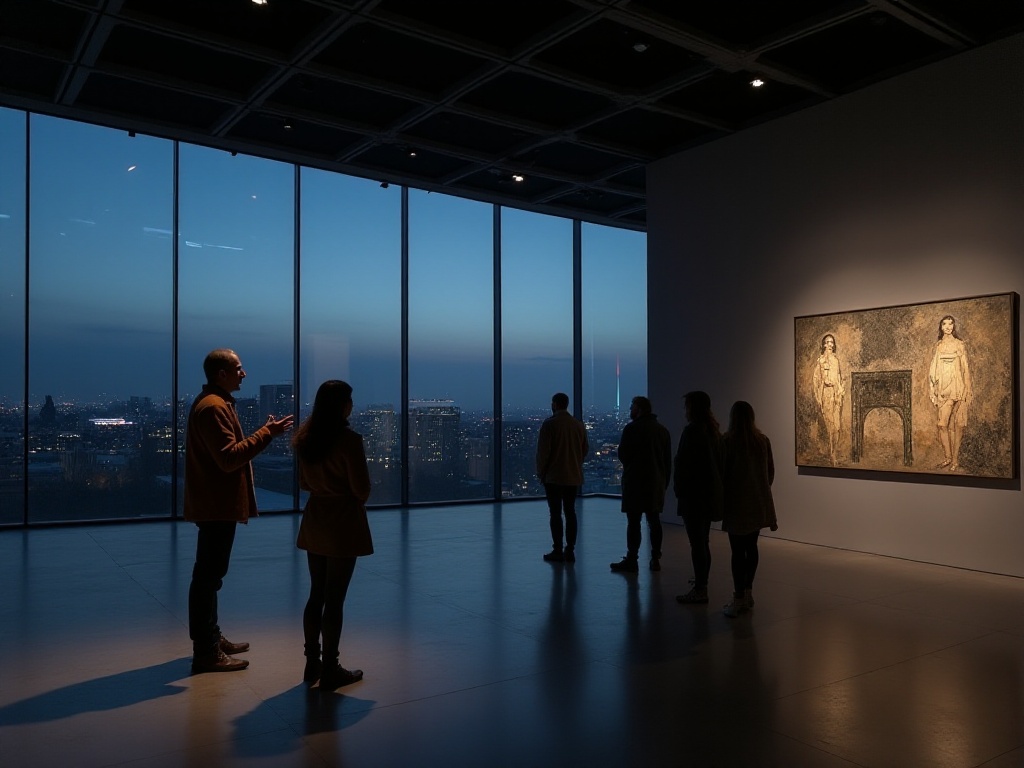
First Encounter with the Museum
In the summer of 2018, I stood as a guide at the Gate of Supreme Harmony in the Palace Museum for the first time. The sun was shining brightly that day, with tourists flooding in like a tide. Wearing my crisp uniform, my palms were slightly sweaty. I remember taking several deep breaths secretly before gathering the courage to pick up the microphone. Looking at the diverse crowd of visitors before me, my heart raced with both excitement for the career ahead and concern about whether I could handle this job.
Over these five years, the changes in museums have been remarkable. I remember when we first started, we were using traditional amplifiers and carrying thick manuals of tour scripts. Now, the level of museum intelligence is simply astounding. Smart audio guides not only switch between multiple languages but also automatically adjust the pace according to visitors' steps; AR real-scene guides have brought ancient artifacts "to life," allowing visitors to see 3D reconstructions of objects through their phones; virtual museums have even made "cloud visits" possible, enabling 360-degree viewing of exhibits from home.
Every time I stand in the exhibition hall, seeing the perfect integration of ancient artifacts with modern technology, I'm amazed at how museums are embracing the public in an unprecedented way. I remember last year, a visitor from Australia who had virtually toured our special exhibition through VR equipment later flew here for an in-person experience. When he met me, he excitedly said, "It's amazing how technology has brought museums so close to us!"
The New Ecology of Museum Tours
Museum tours today have completely transformed from their traditional model. When I first started, guiding basically meant leading a group with a small flag, calling out "follow me." Now, the widespread use of smart guide devices has made visits more free and personalized. According to our museum's statistics, the proportion of visitors choosing to use smart guide devices exceeded 60% in 2023, which is particularly telling.
Even more interesting is how young visitors tour. Those born after 1995 and 2000 especially love using smart guides, with the usage rate reaching 80%. They often wear earphones and carry phones, freely exploring the exhibition halls like they're discovering new territory. Sometimes I see them stop in front of certain artifacts, listening intently to the explanations while recording interesting information on their phones.
However, human-guided tours still have their irreplaceable value. I remember once when I was explaining Shang and Zhou Dynasty bronze vessels to a group of elementary school students. While discussing the patterns on a ding vessel, a bespectacled boy suddenly raised his hand: "Teacher, I noticed the pattern on this ding looks like a dragon, but not quite. Why was it designed this way?" This was an excellent question that allowed me to explain the evolution of bronze vessel patterns. I told them this pattern is called the "kui dragon pattern," which evolved from gradually abstracting dragon imagery, representing ancient people's worship of mysterious forces.
Seeing the children's curious eyes, I continued: "Have you noticed that this pattern is symmetrical? When ancient people made bronze vessels, they first had to create molds from clay. This symmetrical design was not only aesthetically pleasing but also ensured balance during casting." The children listened intently, crowding closer to observe, with some taking notes. This kind of real-time interaction and personalized teaching experience is something no smart device can fully replace.
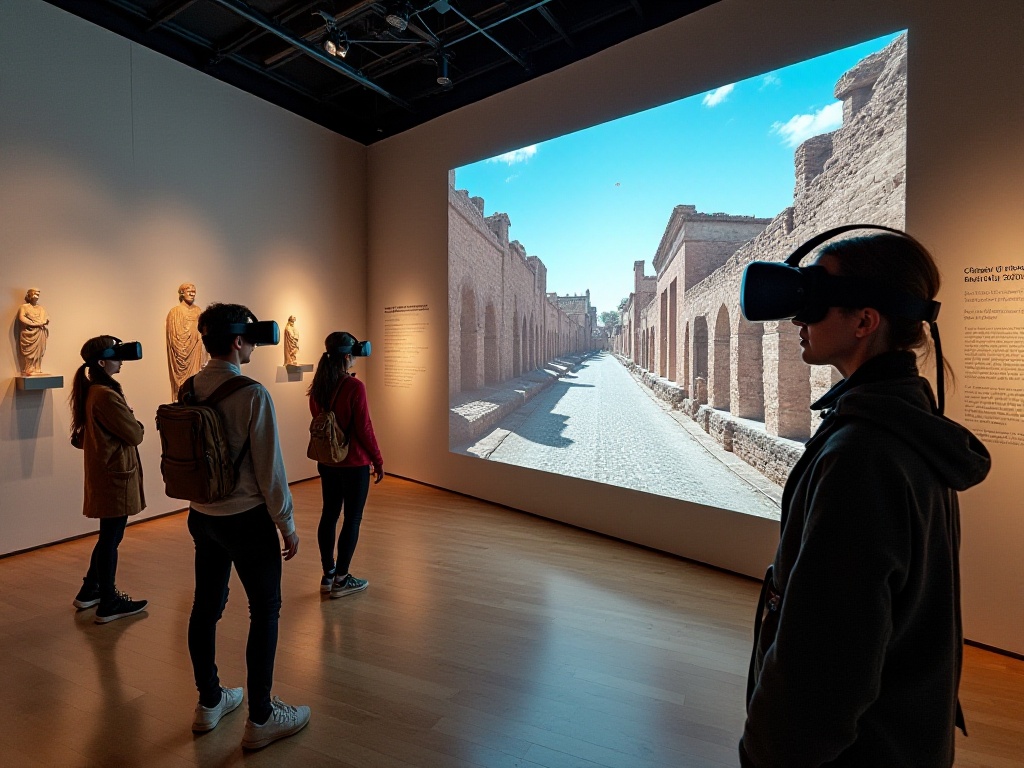
Behind the Scenes Preparation
As museum guides, our work involves much more than just giving explanations in exhibition halls. During our initial training, we had to undergo at least three months of professional study. Every morning, we wake up at 6 AM and arrive at the museum by 7 AM. In the two hours before visitors enter, we have many preparatory tasks to complete.
First is checking the condition of exhibits. Each artifact needs careful observation to ensure normal temperature and humidity in display cases and check for any abnormalities. This work particularly tests one's attention to detail, as subtle changes in artifact conditions might indicate protection issues. I remember once noticing that a crack in a piece of pottery seemed slightly larger than the day before. I immediately reported it to the cultural relics protection department, and they promptly carried out repairs.
Route planning is another technical skill. Our museum's exhibition halls cover 10,000 square meters with thousands of exhibits. How do we help visitors see the most essential pieces and gain an overall understanding of the museum in limited time? This requires repeated practice and optimization. We design routes based on factors like the importance of different exhibits, visitor flow smoothness, and crowd levels at different times.
For instance, during summer vacation, we particularly avoid crowded areas during peak hours. The time spent in each exhibition hall must be precisely calculated - key artifacts might need 5-8 minutes of explanation, while transitional exhibits might only need 2-3 minutes. These details require guides to accumulate rich experience.
Additionally, we must constantly update our tour content. Whenever there are new archaeological discoveries or research findings, we need to study and adjust our explanations promptly. Last year when we received a batch of newly unearthed artifacts, I specially visited the archaeological site to understand the excavation environment and historical background. This firsthand information was particularly helpful in enriching tour content.
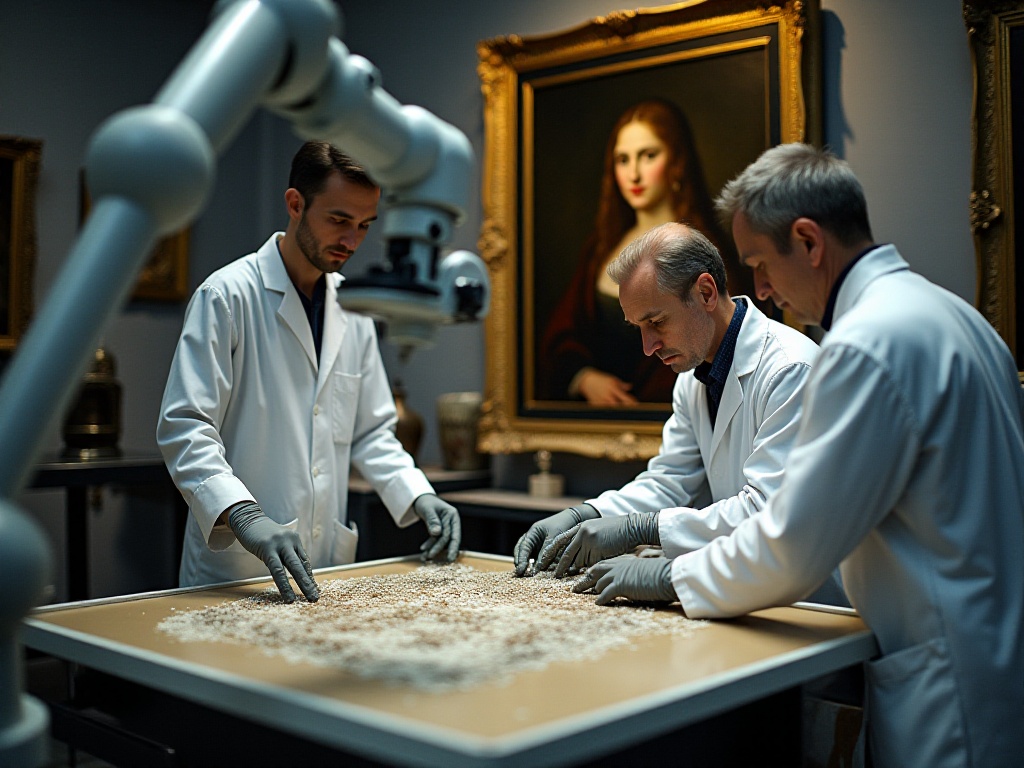
Technology Empowerment
Speaking of museum technology, it's truly evolving rapidly. In 2022, our museum introduced a new AR guide system. Visitors can see amazing 3D reconstructions just by pointing their phones at exhibits. For example, when pointing at a broken pottery jar, the screen displays the complete vessel form and even shows scenes of how people used it back then.
This system also includes smart voice guidance that automatically adjusts content depth based on how long visitors linger. Data shows that visitors using AR guides spend 40% more time in the museum than traditional visitors. This proves that technology can indeed enhance the visiting experience, making the stories behind artifacts more vivid.
However, technology also brings new considerations. I once noticed a young visitor staring at their phone screen the entire time, completely immersed in AR effects. When I reminded them to look at the actual artifacts, they suddenly realized: "The real objects have more texture!" This made me realize that while technology is important, it shouldn't overshadow the charm of the actual artifacts.
We're now exploring better ways to balance technology and tradition. For example, we specially design guidance signs at important artifacts, reminding visitors to observe the actual objects before using AR features. Sometimes during tours, I deliberately point out details that can only be seen on real objects, such as casting marks on bronze vessels or wear marks on pottery.
We've also developed some interactive digital experience projects. In the "Archaeological Laboratory" area, visitors can "restore" broken pottery through touch screens, experiencing the challenges of artifact restoration. In the "Ancient Crafts" exhibition area, we use holographic projection technology to recreate ancient pottery-making and brocade-weaving processes. These technological approaches aren't meant to replace tradition but to make the visiting experience more diverse and rich.
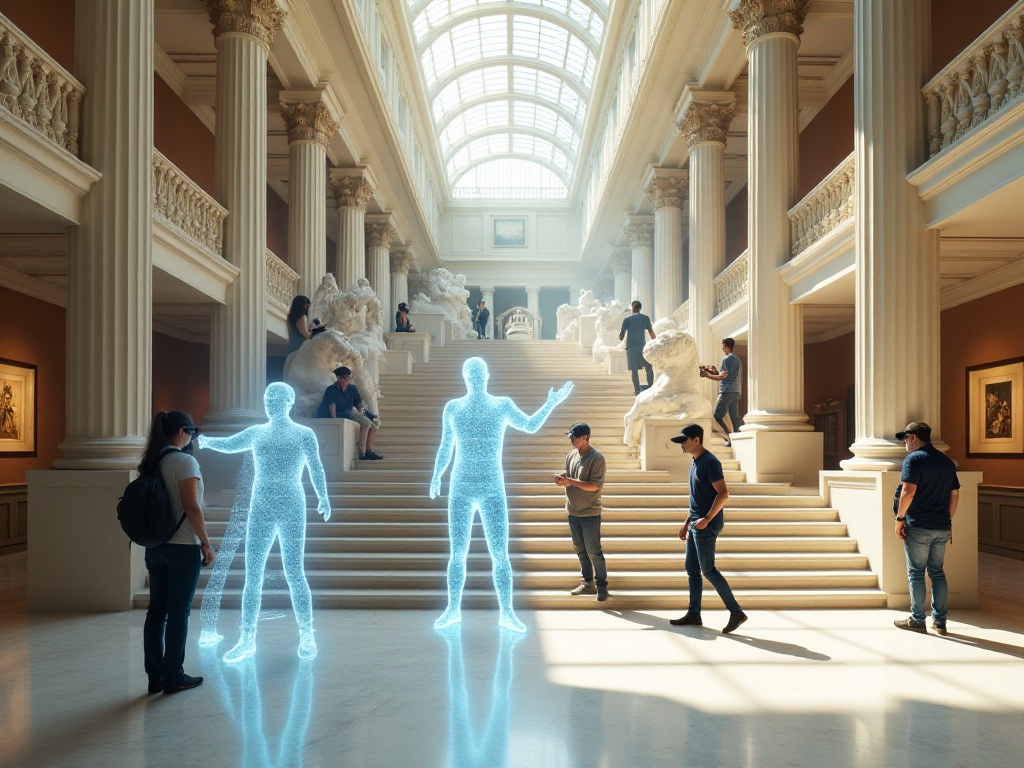
Tour Guide Insights
Years of work experience have taught me that good guiding requires not only solid knowledge but also insight and adaptability. Each group and visitor is different, and making explanations both professional and engaging, both deep and accessible, is an eternal challenge.
With elderly visitors, I slow down my speech and use more everyday comparisons. For example, when explaining Song Dynasty porcelain, I connect it to modern tea sets to explain why "Ru kiln sky blue" is so precious. For children, interaction becomes particularly important. I often design small games like "find animal patterns on artifacts" or "guess the use of this bronze vessel" to make dry historical knowledge interesting.
Sometimes, seemingly simple interactions can produce unexpected results. Once while guiding a family, I noticed the child was particularly interested in artifact sizes, so I changed my approach and let them compare different periods' bronze vessels to their own height. This simple comparison immediately caught the whole family's attention, and they began actively discussing the technical capabilities of ancient people in making such large bronze vessels.
Knowledge updates are also very important. I spend time each week reading the latest archaeological reports and research papers. Last year when we added a Warring States period excavated artifacts exhibition area, I specifically spent a month not only studying related excavation reports but also visiting archaeologists to understand details of the excavation process. This firsthand information makes my explanations more convincing and engaging.
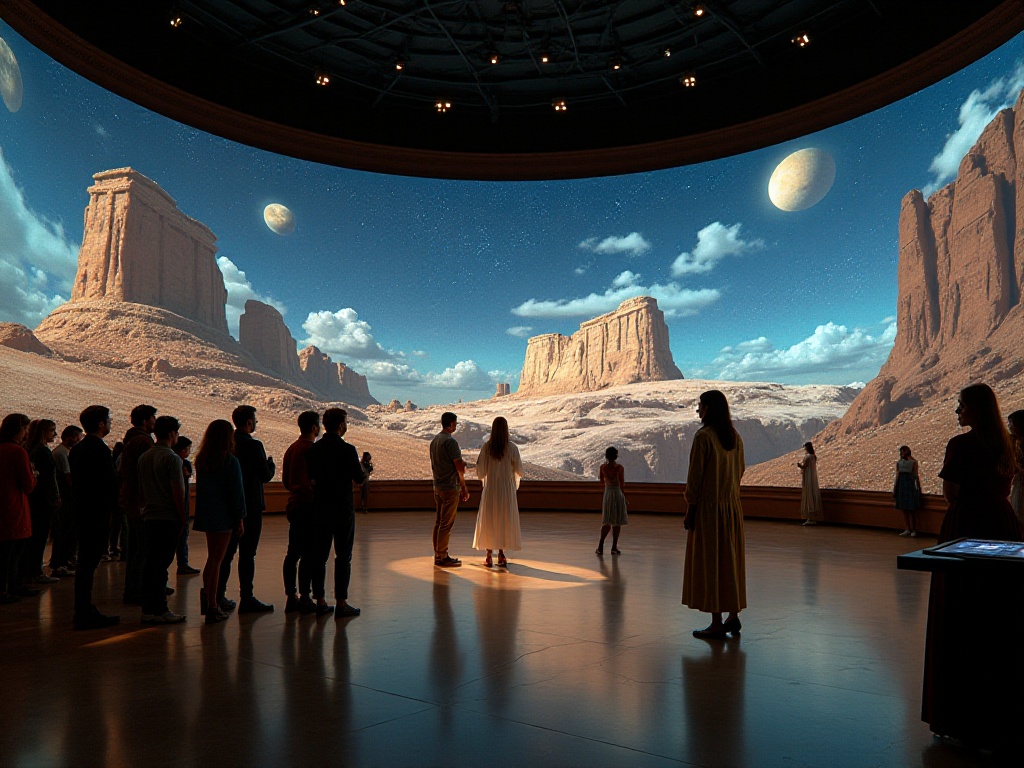
Future Outlook
Standing in today's rapidly developing technological era, I'm full of anticipation for the future of museum tours. We're developing an AI-based smart guide system that can automatically generate personalized tour routes and content by analyzing visitors' interests, visiting time, and other factors. Imagine future visitors having a personal AI guide assistant that can answer questions in real-time and recommend interesting exhibits.
However, I always believe the value of human guides won't disappear. Museums aren't just places to display artifacts; they're places to convey emotions and inspire thinking. When I see visitors light up at an interesting story or feel moved after understanding an artifact's historical value, that genuine joy is something no technology can replace.
I remember once, after I explained Shang and Zhou Dynasty bronze vessels, an elderly gentleman excitedly told me: "You know, I found bronze vessels at a construction site when I was young, but I didn't know to cherish them then. After hearing your explanation, I understand how important those artifacts were." Such feedback makes me deeply feel the weight of responsibility - we're not just explaining artifacts, we're passing on culture, connecting past and present.
As new-generation museum guides, we need to embrace technological convenience while preserving the warmth of traditional culture. Whenever I stand in the exhibition hall, seeing visitors' focused expressions, I feel this job is particularly meaningful. If you're interested in museums, try being a guide. You'll find it's not just a job, but a wonderful journey through time.
In this age of information overload, museums are like peaceful islands where people can temporarily escape the noise and quietly dialogue with history. And we guides are the storytellers on these islands, using professional knowledge and sincere enthusiasm to open windows of historical understanding for every visitor. Though the work is hard, being personally involved in cultural inheritance is truly a specially happy thing.
Next
Virtual Reality Tour of the Louvre Museum in Paris
In the heart of Paris, where the Seine gently flows and history whispers from every corner, stands the majestic Louvre Museum. For centuries, this architectural marvel has been a beacon of art and culture, drawing millions of visitors each year to marvel at its unparalleled collection. But what if you could step inside this treasure trove of human creativity without leaving your home? Welcome to the future of art appreciation: the virtual reality tour of the Louvre.
Encountering Art at the Louvre: An Art History Expert's Guide to the Museum's Top Three Treasures
Explores diverse museum tour experiences including professional guided visits, private group tours, virtual museum exploration, and customized itineraries, featuring art historian interpretations and curator-led tours for unique museum visiting experiences
Customized Museum Tours: In-depth Sharing and Practical Insights from a Professional Guide
A comprehensive guide to various museum tour experiences, including professional guided visits, customized museum journeys, curator-led themed tours, and virtual museum exhibitions, offering art and culture enthusiasts diverse ways to explore world-renowned museums
Next
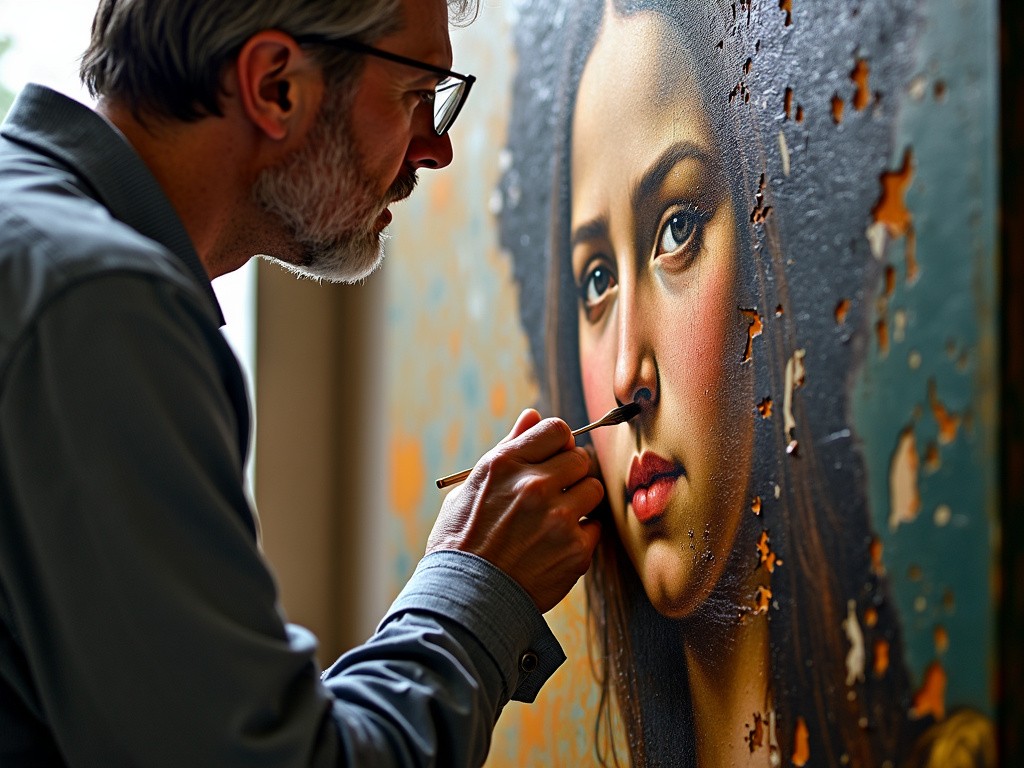
Virtual Reality Tour of the Louvre Museum in Paris
In the heart of Paris, where the Seine gently flows and history whispers from every corner, stands the majestic Louvre Museum. For centuries, this architectural marvel has been a beacon of art and culture, drawing millions of visitors each year to marvel at its unparalleled collection. But what if you could step inside this treasure trove of human creativity without leaving your home? Welcome to the future of art appreciation: the virtual reality tour of the Louvre.
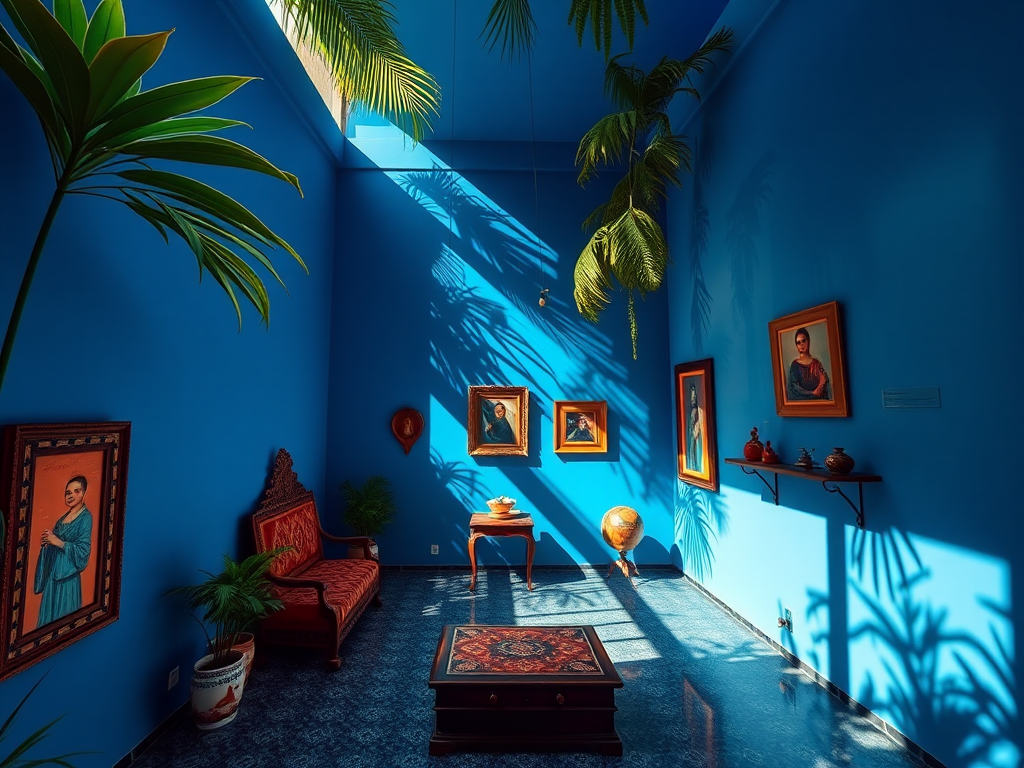
Encountering Art at the Louvre: An Art History Expert's Guide to the Museum's Top Three Treasures
Explores diverse museum tour experiences including professional guided visits, private group tours, virtual museum exploration, and customized itineraries, featuring art historian interpretations and curator-led tours for unique museum visiting experiences
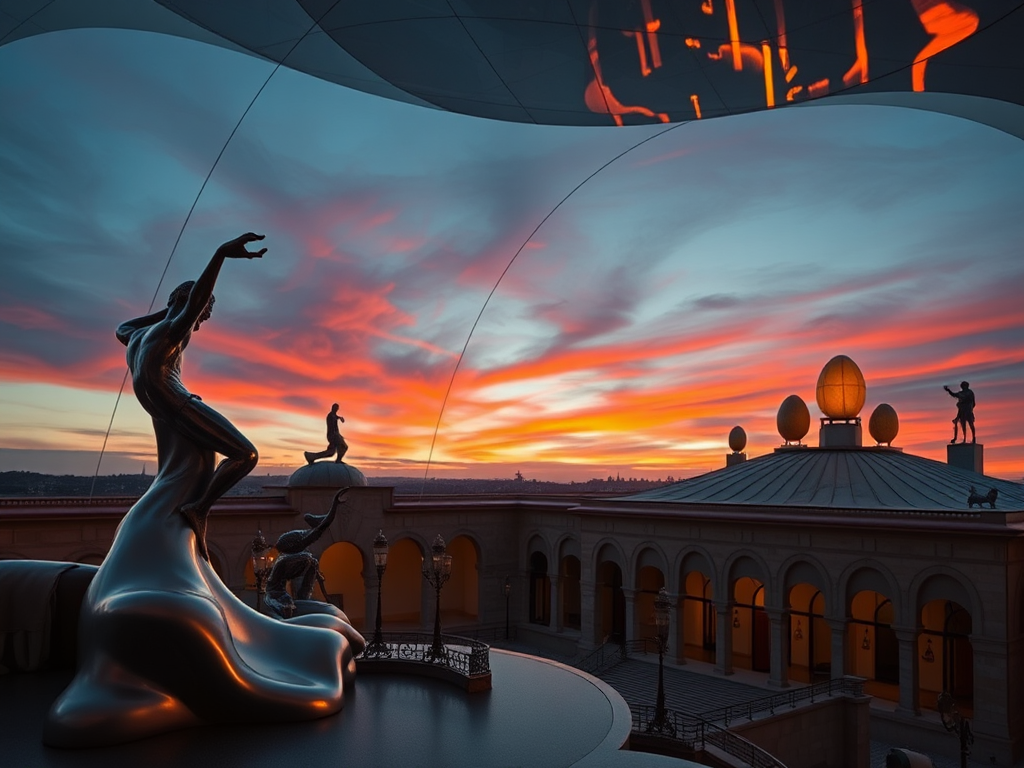
Customized Museum Tours: In-depth Sharing and Practical Insights from a Professional Guide
A comprehensive guide to various museum tour experiences, including professional guided visits, customized museum journeys, curator-led themed tours, and virtual museum exhibitions, offering art and culture enthusiasts diverse ways to explore world-renowned museums

